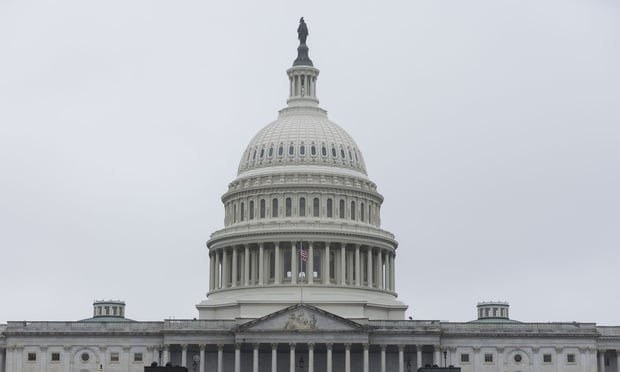Workers are feeling less positive about their workplace and the value of their benefits, according to a new study from Prudential Financial.
Many plan sponsors during the past year were "likely to be restructuring, downsizing, or merging, which all contributed to increased financial belt-tightening and, consequently, flat or even reduced benefits," according to Prudential's study, Show Them the Value. As more workers believe their employers are cutting back on benefits, confidence continues to slide.
However, the study found a linkage exists between the effectiveness of employee communications and the perceived value of benefits. The perceived value of benefits directly influences their importance to workers when selecting a job or deciding to stay with their current employer.
Plan participants who rate their benefits communications as "highly effective" see greater value: 85 percent say their benefits are of great value, compared with 49 percent of those who believe their employers' communications are moderately effective and just 19 percent of those who rate the communications as ineffective.
"Employees must first be aware of the benefits, and really understand them to appreciate the value of those benefits," said Lori High, president of Prudential's Group Insurance business in a statement. "And, for benefits to have a positive effect on an employer's recruiting and retention results, they must be thoroughly explained and promoted throughout the organization."
Additionally, those who give high marks to their benefits communications are also more favorable toward voluntary benefits. Forty-nine percent say that offering voluntary benefits increases the overall value of their benefits package, compared with 33 percent who rate communications as somewhat effective and just 20 percent of those rating it less than effective.
Over the past two years, most plan participants and employers have not expressed total satisfaction with their benefits communication. In fact, only 27 percent of employers rate their company's benefits communications as "highly effective," up slightly from 21 percent in 2007. Thirty-eight percent of plan participants rate their company's benefits communications as "highly effective," a modest increase from 35 percent in 2007.
"Benefits budgets are under pressure so it's important to understand the value of the total benefits package and the financial investment made by the company," High said. "Brokers can play an important supporting role in improving the effectiveness of benefits communications and education."
Plan participants most prefer group meetings/seminars held during the work day (52 percent), followed by e-mail received at the workplace (45 percent), mail received at home (43 percent), and one-on-one meetings held during the work day (33 percent).
Least preferred are individual or group meetings/seminars held during non-work hours (7 percent and 5 percent, respectively).
© Touchpoint Markets, All Rights Reserved. Request academic re-use from www.copyright.com. All other uses, submit a request to [email protected]. For more inforrmation visit Asset & Logo Licensing.






